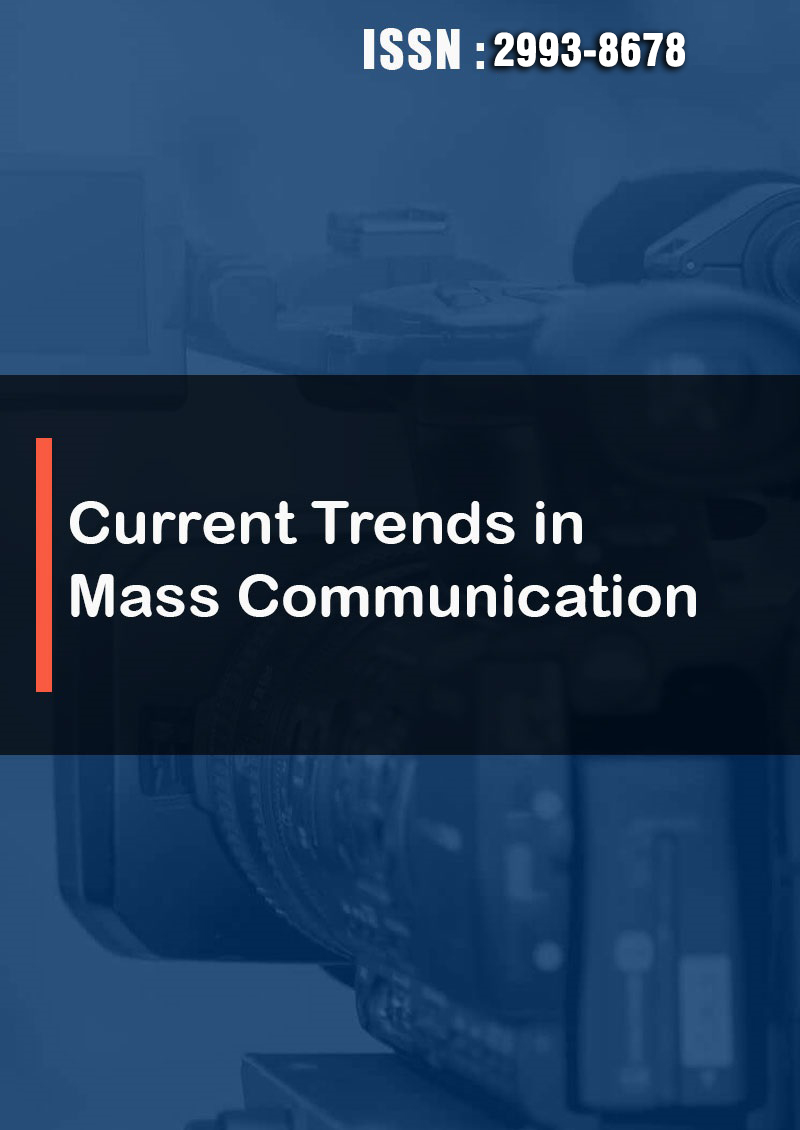Nomophobia in India: A Psychological Disorder that Causes the Brain to Release Dopamine in Response to Tweets, Emoticons, and other Acts, Rewarding the Behaviour and Sustaining the Habit of Using Social Media Addiction
Abstract
Dr. V. Thangavel
The term nomophobia was first used in the 2000s, according to records. The first instance of nomophobia that OED found was in the Daily Mail (London) in 2008. College students frequently use the internet's social media platforms in ways that could have a detrimental effect on several aspects of their lives. This study, one of the largest to be carried out in India and other nations, attempts to understand how tradition has been shifting to digital cultures and to assess the incidence of problematic addiction to social networking websites among college students through internet use. People who suffer from a phobia of losing their connection to their mobile phones are said to suffer from NOMOPHOBIA, or NO MObile PHone PhoBIA. An insatiable need to use or log on to social media, excessive concern for social media, and spending so much time and energy on social media that it interferes with other crucial aspects of life are the characteristics of social media addiction. According to numerous polls, every student at various universities owns a smartphone and uses it frequently both at home and on campus. Since addiction can result from excessive regular usage of anything, including digital devices, researchers have decided to categorize and identify smartphone addiction as "nomophobia." This research assesses if and to what degree nomophobia is an issue at various university students using a mobile phone-based study of a self-assessment survey. The purpose of this study is to ascertain the degree of nomophobia among Indians between the ages of 15 to 35. According to this study, there is a serious concern for our "physical, mental, and social health" and a moderate to severe case of nomophobia.




